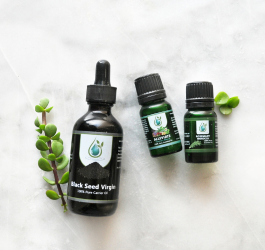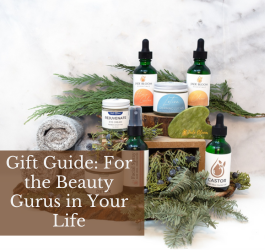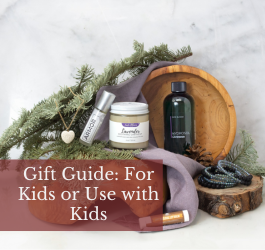96% of people will deal with headaches at some point in their life, as headaches are extremely common and can happen for a variety of reasons (Cleveland Clinic). Migraines, often seen as a much more intense headache, impact over 37 million people in the United States alone (Penn Medicine). There are many misunderstandings or a general lack of knowledge surrounding headaches and migraines so we hope to offer some education regarding the science of both headaches and migraines as well as suggest some potential options for alleviating the symptoms that can happen with each.
Headaches vs. Migraines: What’s the Difference Exactly?
When it comes to headaches, there are more than 150 different types, but they can be split into two groups: primary headaches and secondary headaches. Unlike secondary headaches, primary headaches stand alone as a result of “dysfunction or over-activity of pain-sensitive features in your head” rather than a symptom of an underlying medical condition. Primary headaches include tension headaches (the most common type of headache), migraine headaches, cluster headaches, and more. Primary headaches are also those that are triggered by diet, substances, or lifestyle factors. Secondary headaches, on the other hand, are simply a symptom of an underlying medical condition. While these can often be more serious, there are also cases where a secondary headache is minor and easily treated such as dehydration headaches, sinus headaches, and headaches from medication overuse. (Cleveland Clinic).
It’s a common assumption that a migraine is simply a severe headache, but the reality is that a migraine is much more. A migraine is a neurological condition. In fact, headaches are just one potential symptom of a migraine. Migraines may also include nausea, increased sensitivity to certain senses, extreme fatigue, and dizziness. Migraines also have 4 different stages, although not everyone who experiences migraines will experience each stage. These stages are the prodrome phase, the aura phase, the headache phase, and the postdromal phase. The prodrome phase is categorized by painless symptoms that take place hours or even days before a migraine takes place such as stiffness, food cravings, and mood swings. The aura phase is categorized by sensory disturbances such as blurred vision, numbness, and slurred speech. The headache phase is categorized by the painful headache aspect of the migraine: the most commonly associated symptom with a migraine although a headache during a migraine can range from nearly nonexistent to debilitating with pain. Lastly, the postdromal phase is categorized by the absence of pain and potential confusion and exhaustion. Migraines are more common in women, especially during menstruation. Allergies, genetics, and environmental shifts are also potential causes for severe migraines (Penn Medicine).
What Can I Do for My Headaches/Migraines?
If you are dealing with regular, severe migraines or headaches, we recommend above all else that you see a medical professional. However, aromatherapy can be a wonderful addition to your healing in terms of pain relief. We recommend Peppermint Essential Oil for tension headaches, Lavender Essential Oil for stress headaches, Rosemary Essential Oil for pain relief, Eucalyptus Essential Oil for sinus headaches, Basil Essential Oil for migraines, or Chamomile Essential Oil for congestion (National Library of Medicine, National Center for Health Statistics, Journal of Ethnopharmacology, Medical News Today). If you are on the lookout for a general headache relief blend, the Alleviate Tension Oil Blend is a great overall blend for headache relief. It contains Wintergreen, Lavender, Peppermint, Frankincense, Cilantro, Marjoram, German Chamomile, Basil, and Rosemary Essential Oils. It comes in a 10 mL bottle or in a prediluted rollerball for on the go as well as a brand new aromatherapy balm version.
To get the benefits of these essential oils you can diffuse them in a space, inhale straight from the bottle, keep a personal inhaler with your favorite headache relieving blends on hand, dilute them with a carrier oil and apply to your temples or forehead, or dilute them and add them to a warm bath. Make sure to use essential oils safely by always diluting properly, doing sufficient research on the ages that should and shouldn’t use a certain oil, testing a small amount to ensure you don’t have any adverse reactions to it, etc. When in doubt, ask a certified aromatherapist if you have any specific questions and always do your research.








